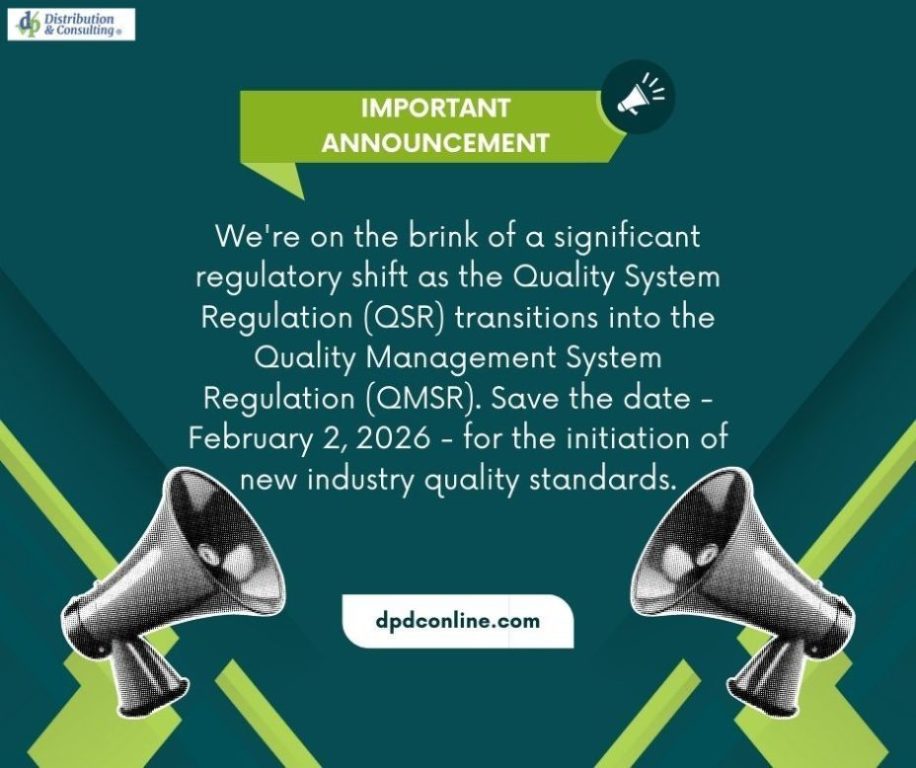
Repair vs Remanufacture
As right-to-repair advocates celebrated their small win, on June 24, the Food and Drug Administration (FDA) published a draft guidance to help clarify the difference between medical device “servicing” and “remanufacturing” so that stakeholders could better understand the regulations around each. The agency offered up the following definitions.
-
- Remanufacturing, the FDA said, is “the processing, conditioning, renovating, repackaging, restoring, or any other act done to a finished device that significantly changes the finished device’s performance or safety specifications, or intended use.”
- Servicing, on the other hand, is “the repair and/or preventive or routine maintenance of one or more parts in a finished device, after distribution, for purposes of returning it to the safety and performance specifications established by the OEM [original equipment manufacturer] and to meet its original intended use.”
These definitions were important because an earlier, 2018 FDA Report on the Quality, Safety, and Effectiveness of Servicing of Medical Devices concluded that the majority of adverse event reports it received in which OEMs claimed inadequate servicing caused or contributed to the event “actually pertained to ‘remanufacturing.’” (Source: https://www.aami.org/news/article/the-ground-has-shifted-in-the-right-to-repair-debate.-what-s-next)
Click here to read the FTC policy document.
Click here to read the FDA draft guidance.



